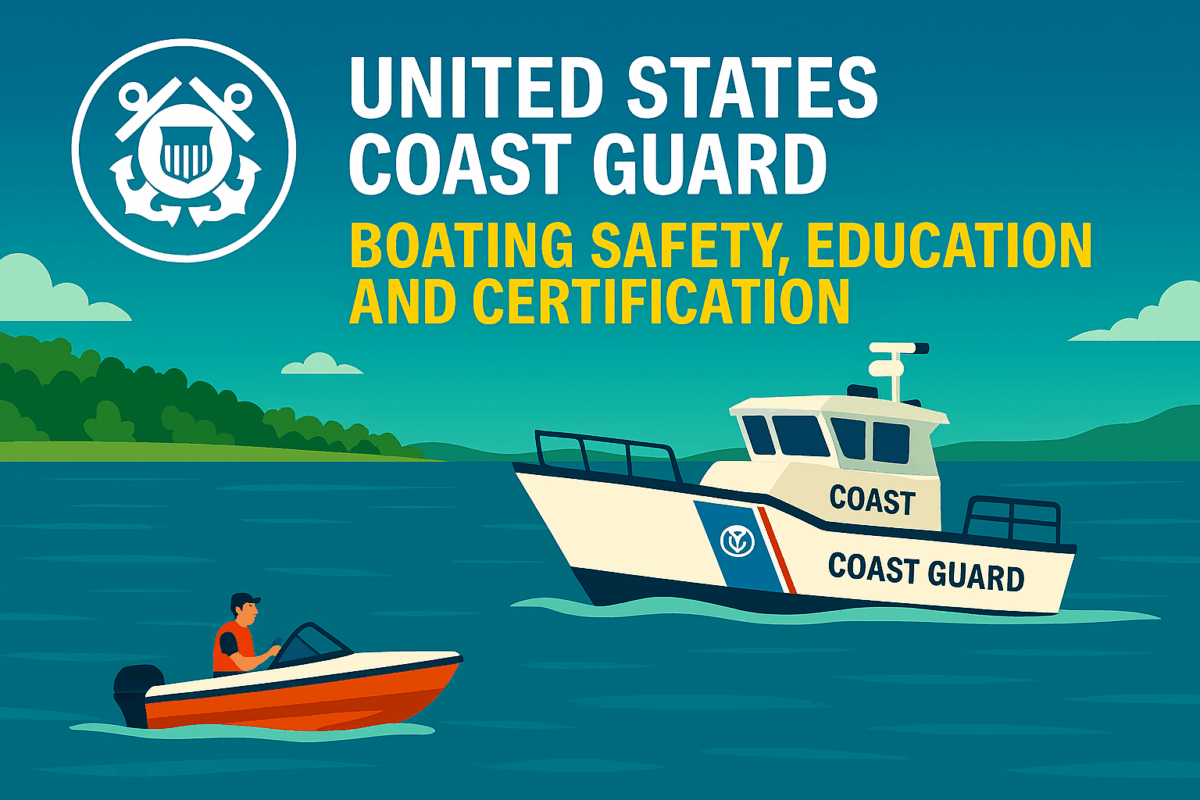Call: 1-800-832-7191

USCG Seizes Drugs
USCG Seizes Drugs in Largest Maritime Operation to Date
The USCG Seizes Drugs headline dominated national news after the Coast Guard offloaded over 76,000 pounds of narcotics in Florida. This historic seizure, part of Operation Pacific Viper, included 61,740 pounds of cocaine and 14,400 pounds of marijuana. Because drug cartels continue to exploit maritime routes, the Coast Guard increased its presence in the Eastern Pacific and Caribbean. By intercepting 19 vessels, crews prevented nearly $473 million worth of illegal drugs from reaching U.S. shores. These efforts demonstrate the Coast Guard’s commitment to protecting communities from transnational criminal organizations.
Operation Pacific Viper Targets Cartel Supply Chains
The Coast Guard launched Operation Pacific Viper to disrupt drug trafficking before it reaches American waters. Working alongside the U.S. Navy, Coast Guard cutters conducted aggressive patrols and interdictions. Because smugglers use fast boats and semisubmersibles, crews deployed helicopters and long-range aircraft to track and intercept targets. The operation’s success sends a clear message to cartels: U.S. forces control the sea. These coordinated efforts reflect a surge in maritime law enforcement and international cooperation.
USCG Seizes Drugs with Help from Partner Agencies
The USCG Seizes Drugs operation involved multiple cutters and law enforcement detachments aboard allied vessels. Crews from the USCGC Hamilton, Venturous, Stone, and Seneca played key roles in the interdictions. Because teamwork enhances effectiveness, the Coast Guard partnered with the U.S. Navy and international allies. These joint missions allowed for broader coverage and faster response times. Officers boarded suspect vessels, apprehended smugglers, and secured contraband. Their actions prevented millions of lethal doses from entering the country.
Coast Guard Continues to Lead Maritime Drug Interdiction
The Coast Guard remains the lead agency for maritime drug enforcement. Crews train extensively to handle high-risk interdictions and complex investigations. Because drug trafficking threatens national security, the Coast Guard deploys advanced technology and tactical teams. The USCG Seizes Drugs milestone highlights the importance of sustained operations and strategic planning. These missions protect lives, uphold laws, and reinforce U.S. sovereignty. As cartels adapt, the Coast Guard continues to evolve and respond with overwhelming force.
